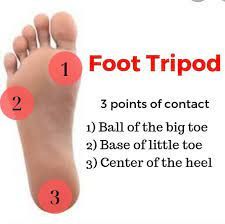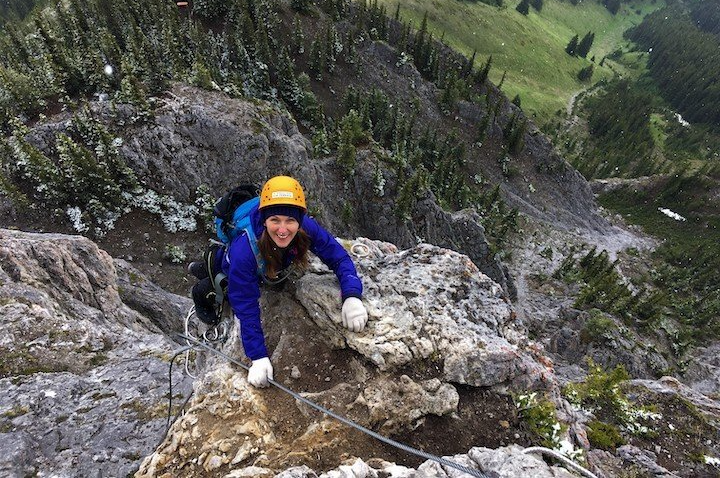Low Back Pain, Sciatica, Hip Pain, SI Joint Pain, Knee Pain What do they all have in common?
Low Back Pain, Sciatica, Hip Pain, SI Joint Pain, Knee Pain What do they all have in common?
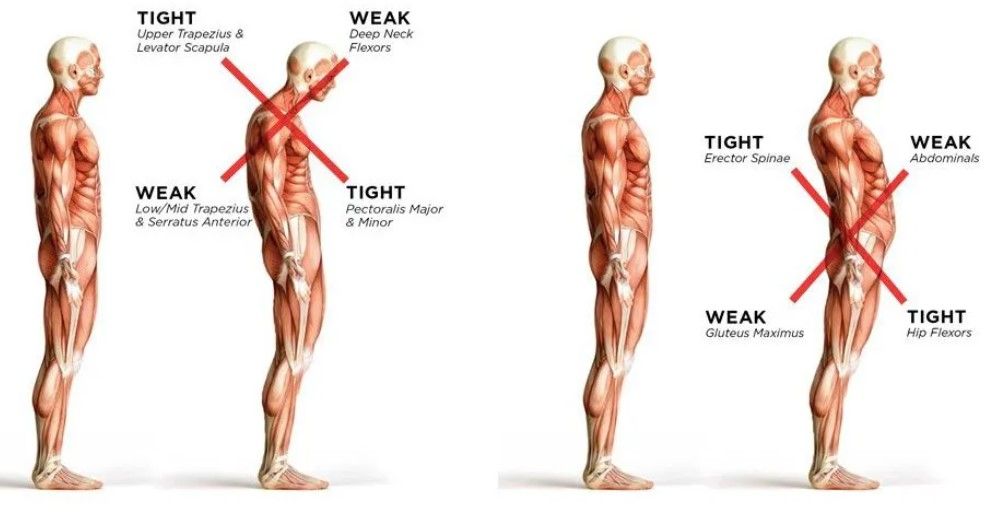
Lower back pain, Sciatica, hip pain, SI joint pain, knee pain are all symptoms of intrinsic core muscles that are not well coordinated. No amount of crunches, planks, or sit ups will fix this. More often than not, they make the problem worse.
When you suffer from low back pain, etc. you are feeling the result of a disconnect in your intrinsic core. There are several muscles deep within you that work together to provide stability and support to the spine. These muscles are harder to feel as they are not superficial. When the intrinsic core muscles are well coordinated it provides stability for walking, climbing stairs, carrying heavy objects, sports and moving about your day without bracing.
Bracing happens when there is a muscle imbalance. A muscle imbalance means the nervous system tells a muscle to stay high tone or tense all the time, like setting an emergency brake. Unfortunately, if one muscle is constantly tense the opposing muscle must release its tone (reciprocal inhibition). This tensing of muscles on one side and weakening of muscles on the other side of a joint begins to pull the joint out of alignment limiting balanced support. As we move our body friction is created in the vertebrae, hip, knee, etc. Pain isn’t the problem, it is the body’s way of telling you your core is not stabilizing, you're bracing, and friction is deteriorating a joint faster than it should.
There is a predictable pattern of bracing within the body. We already know which muscles tend to hold tension and which tend to release tone, see picture above.
How do we correct it? We recoordinate the intrinsic core muscles. We reconnect to the cylinder of stability within each of us by doing what we did to build it originally. Babies build their intrinsic core first because it provides stability for all other movements, even superficial core movements like crunches and sit ups.
Retraining our deep intrinsic core muscles to work together isn’t hard. It does take focus and awareness to reconnect and learn to use them throughout the rest of our day.
Schedule a Functional Movement Assessment to start rebuilding your support system and get back to or keep doing the activities you love.
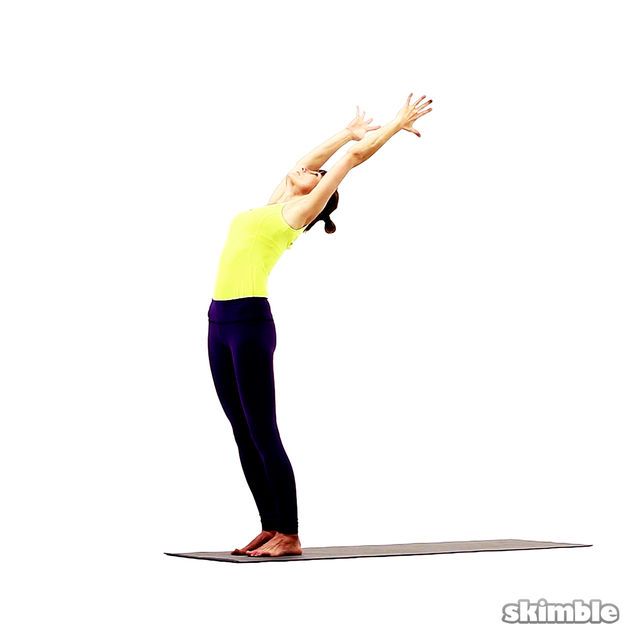
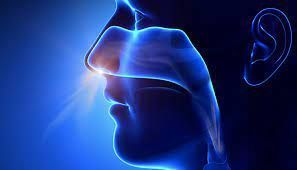
All Rights Reserved | JulieHillMovementTherapy

